This homemade tomato paste is a classic Mediterranean staple that elevates with color, thickness and flavor.
Making tomato paste is like distilling the tomato down to its most condensed form, enhancing the zestiest and most potent flavors. In August, when we are up to our necks in tomatoes, we want to find useful ways to store them for use all winter. Tomato paste is perfect because it takes up the least amount of room.
I loved making this recipe, knowing that I was following the same method used by the matriarch of a family in Lebanon. I imagined her slowly cooking down the tomato sauce over a wood fire. While I used a gas stove, I felt I was channeling the same ancient method of reduction.
There is a bonus by product of this recipe as well! The tomato water that you drain out near the beginning of the process can also be frozen and used for making Spanish style rice, or for adding flavors to soups, or even for making tomato juice cocktails.
Why Make Homemade Tomato Paste?
Unlike store-bought tomato paste, the tomato paste you make at home comes out slightly caramelized with WAY more flavor. I find that tomato paste from a can has a slightly tinny flavor, which is non-existent in this recipe. This tomato paste tastes hearty and slightly sweet, ready to enhance any recipe that calls for it.
Another enjoyable part of making your own tomato paste is selecting the ripest, most beautiful tomatoes you can find. And when tomatoes are in season, it’s even better! I would suggest using ripe plum tomatoes or regular tomatoes instead of heirloom varieties, which are less meaty and contain more water.
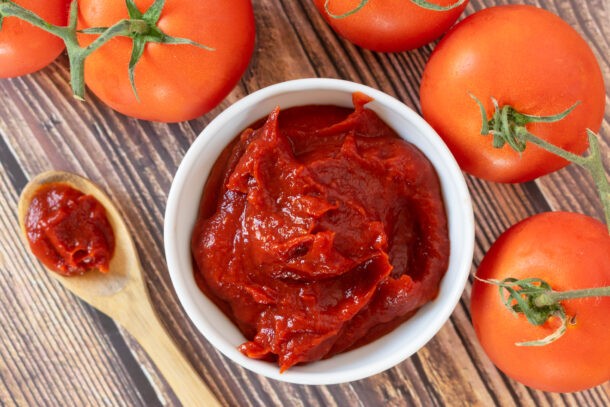
Finally, making tomato paste can be a great option for conserving an abundance of tomatoes during tomato season. This tomato paste can be easily frozen or canned.
You can freeze it in an ice cube tray and use just a small amount at a time. This saves you from opening up a can and then wondering what to do with the rest. Especially, when the recipe calls for the typical 1-2 tablespoons.
Quick tip: Freeze the tomato paste in an ice cube tray. This will portion out the recipe and then the cubes can be removed and sealed in a plastic bag in the freezer for up to 9 months.
How to Use Homemade Tomato Paste
In traditional Italian cuisine, tomato paste is used a lot but it is also great to have for Mediterranean recipes of all kinds. It can add flavor, color and thickness to pasta dishes, stews, soups and chilis. This recipe will make you enough tomato paste to supply you with what you need to try out making several authentic Mediterranean dishes.
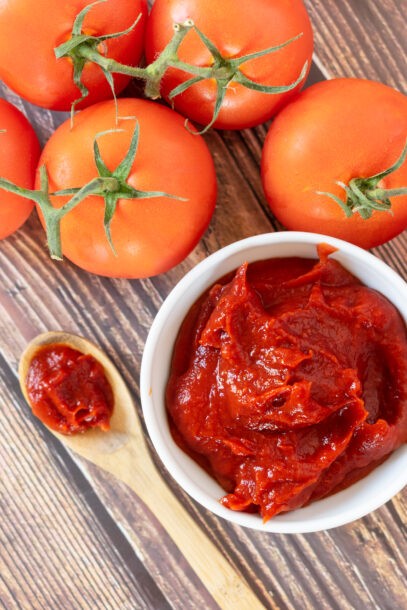
Also, you know what’s fantastic about making a tomato paste you’re really proud of? It can shine all by itself. Just try it on top of a slice of crusty baguette with some extra virgin olive oil or feta cheese. You will thank me. You see, simple and delicious recipes are what the authentic Mediterranean Diet is all about.
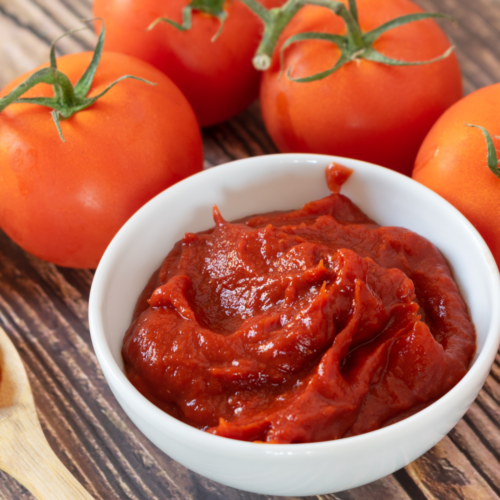
Homemade Tomato Paste
Ingredients
- 8 pounds tomatoes
- 2 tsp salt
Instructions
- Wash the tomatoes.
- Peel the tomatoes. You can do this by carefully cutting an x across the bottom of the tomato, cut only the skin, no deeper, and carefully place the tomatoes into a pot of boiling water for 1 minute. Then place them into a bowl of ice water. After they cool, remove the skins by hand. They will peel away easily.
- Cut the tomatoes into small pieces. Put them in a large pot and bring them to a boil and then let them simmer for 10 minutes.
- Pour into a fine mesh colander to strain out the liquid. (reserve the liquid for other recipes!)
- Place the drained tomatoes in a blender and blend well.
- Place the blended tomatoes in a smaller size pot and cook on a low simmer until all the water is evaporated, roughly 15-25 minutes, while stirring constantly.
- Once you feel that the tomatoes are turning into the paste you add coarse salt and mix very well.



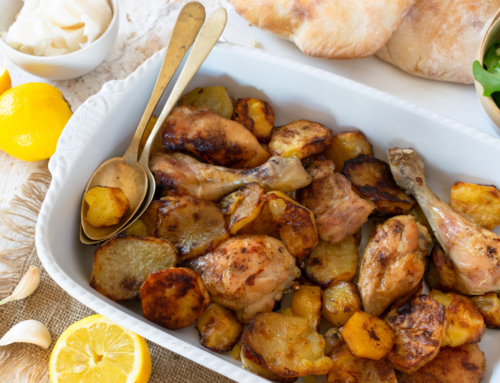

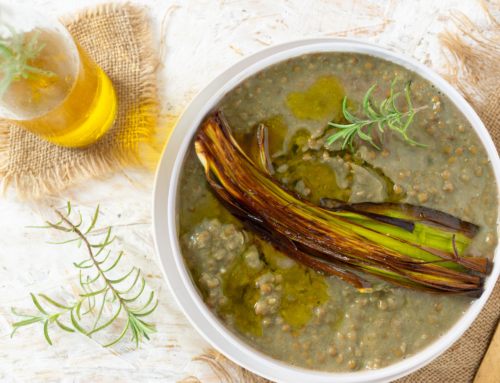
Thanks for the tip about using tomato water! I’m definitely going to keep it in the freezer for winter soups and stews. I’m in the middle of making the recipe…it would be helpful to add the temperature (simmer, medium or high) and the timing to step 3 and the temperature to step 6. My kitchen smells delicious…very excited to try it!
Enjoy!